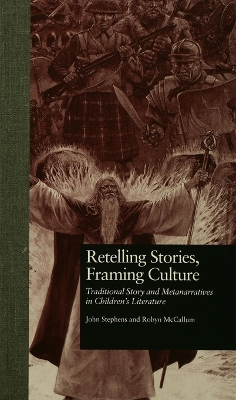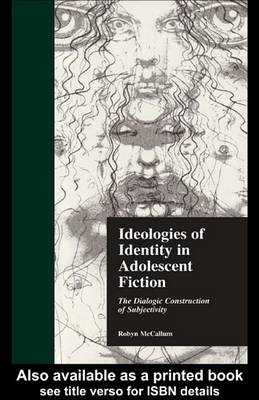Children's Literature and Culture
1 primary work • 2 total works
Book 5
What happens to traditional stories when they are retold in another time and cultural context and for a different audience? This first-of-its-kind study discusses Bible stories, classical myths, heroic legends, Arthurian romances, Robin Hood lore, folk tales, 'oriental' tales, and other stories derived from European cultures. One chapter is devoted to various retellings of classics, from Shakespeare to "Wind in the Willows." The authors offer a general theory of what motivates the retelling of stories, and how stories express the aspirations of a society. An important function of stories is to introduce children to a cultural heritage, and to transmit a body of shared allusions and experiences that expresses a society's central values and assumptions. However, the cultural heritage may be modified through a pervasive tendency of retellings to produce socially conservative outcomes because of ethnocentric, androcentric and class-based assumptions in the source stories that persist into retellings. Therefore, some stories, such as classical myths, are particularly resistant to feminist reinterpretations, for example, while other types, such as folktales, are more malleable. In examining such possibilities, the book evaluates the processes of interpretation apparent in retellings. Index included.

